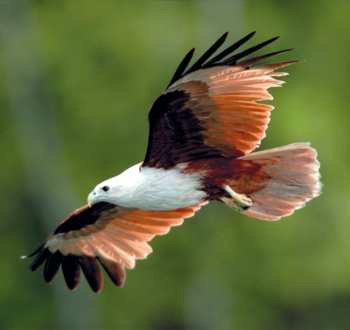For some species, by travelling to the South, they able to breed and raise their young advantages such as plentiful source of food, longer daylight hours and relatively fewer competitors.To survive and overcome the long journey of migration, they have to be prepared earlier. And for this purpose they have developed a couple of ingenious adaptations, including having larger wings, navigational devices and the capacity to store large amounts of fat and fatty acids in their bodies. But how is that they are able to navigate and travel so far out from their native habitats and then make the same perilous return journey home ? It has been found that they are able to read the vibration of polarized light over land and sea and log into the Earth’s magnetite field as if they had an internal compass within them. They may also have inherited the route information as part of the genetic code passed on by their parents. They usually rely more on visual clues such as topography, following coastlines or rivers. In Malaysia, we have about 41 species’ of birds of prey and you might have seen them fly high up in the skies before. But imagine 3000 individual birds of prey in one huge flock flying over you? This is the glorious experience that awaits the avid birdwatcher and most certainly the star attraction of the Raptor Watch event held annually in Tanjung Tuan Port Dickson in Malaysia. If you look very carefully through your binoculars toward these magnificent birds, you would probably notice that they have lost some of their feathers. This is part and parcel of this incredible natural phenomena which evidences how weary they must have been during the migratory period. It is therefore imperative that habitats supporting the arrival of these birds be preserved to ensure that many future generations of their species will continue to make their way through many dangers and snares onto our shores and safely back to where they came from. Post By: Nurhidayah (Daia) - Nature Guide

